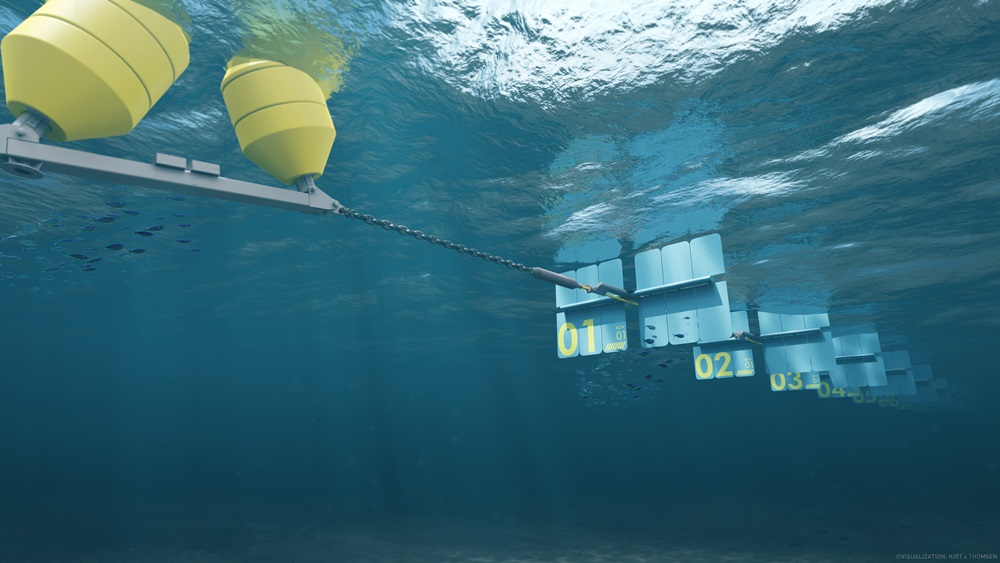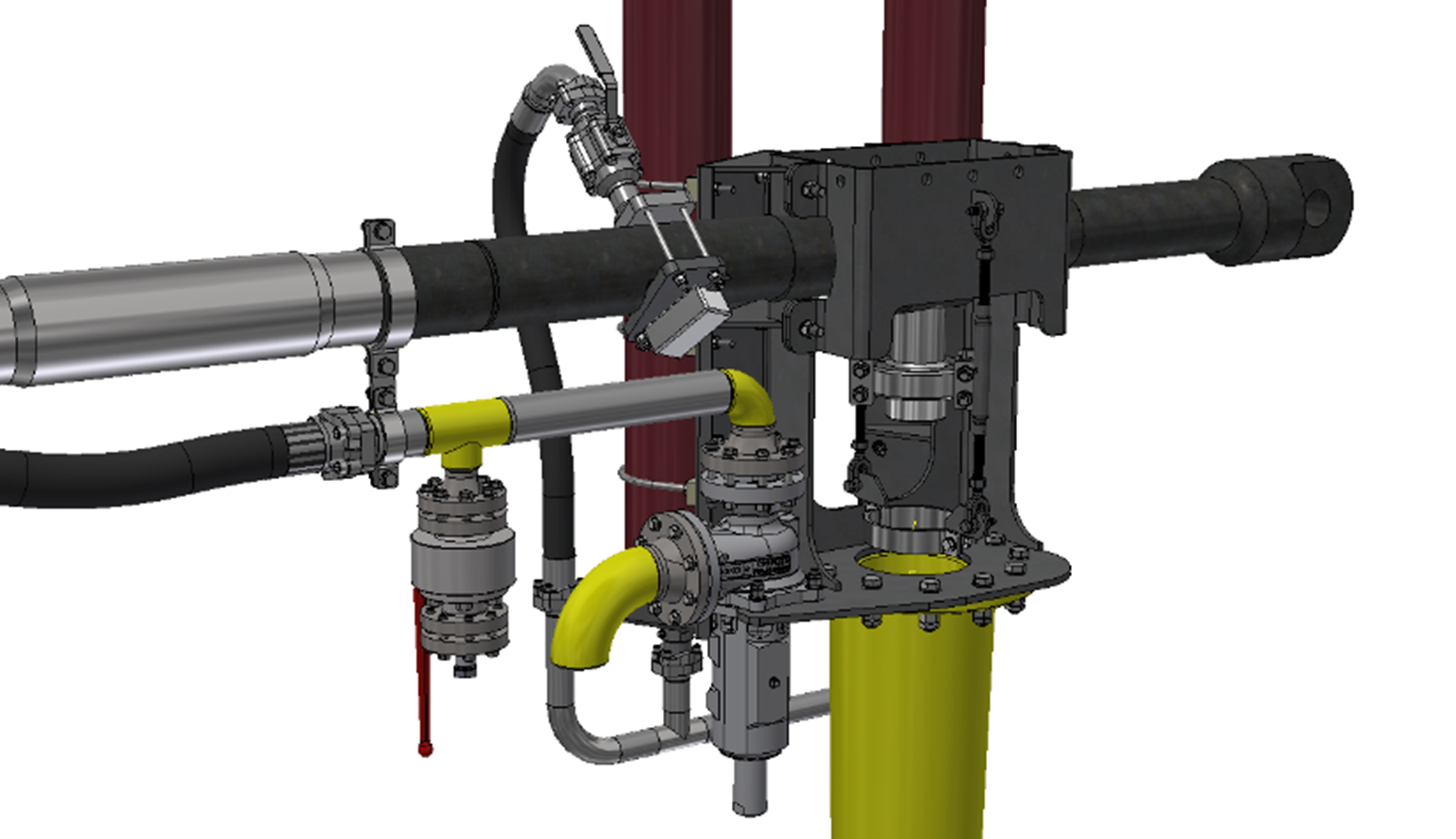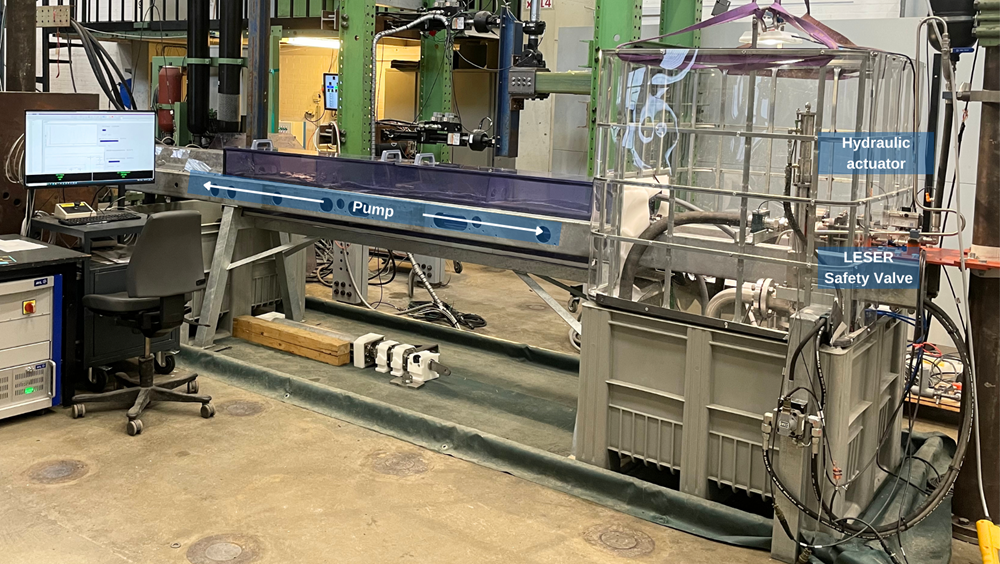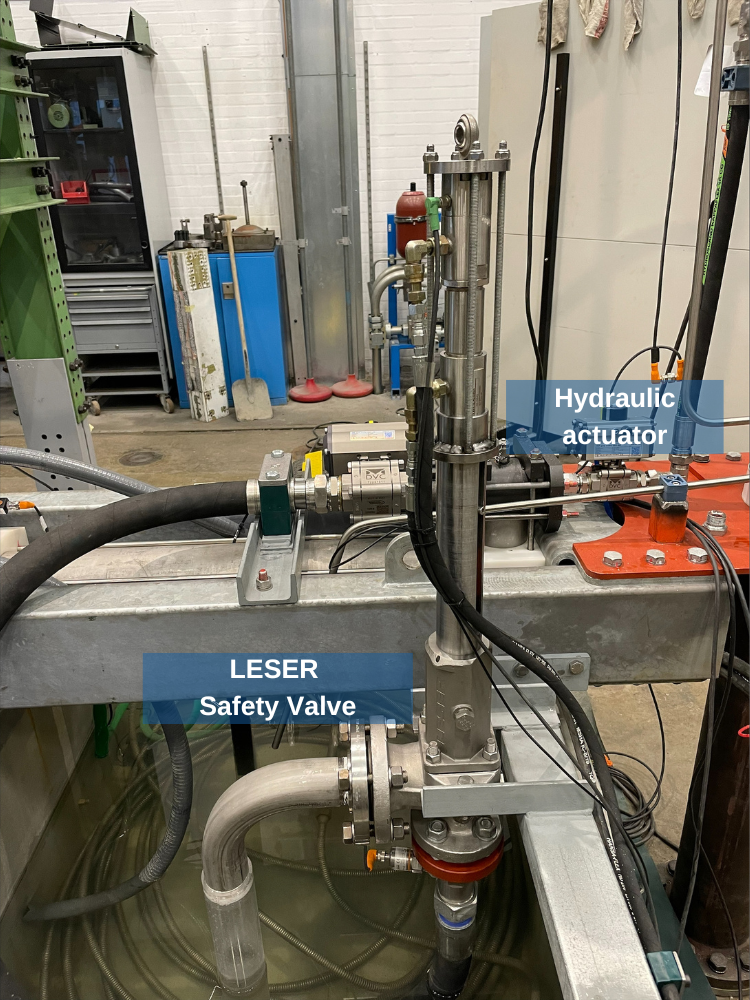LESER API Type 526 upside down in salt water
One project LESER is currently involved in is the use of wave energy to generate electricity. The Danish company WAVEPISTON (www.wavepiston.dk) has been researching and developing a new way of generating energy from wave power since 2006, the “Competitive wave energy on islands” project. A large-scale plant is under construction off Gran Canaria / PLOCAN.
In cooperation with our partner ARMATEC LESER supplies a safety valve for this project, which is mounted upside down under water and ensures the safety of the pump.




